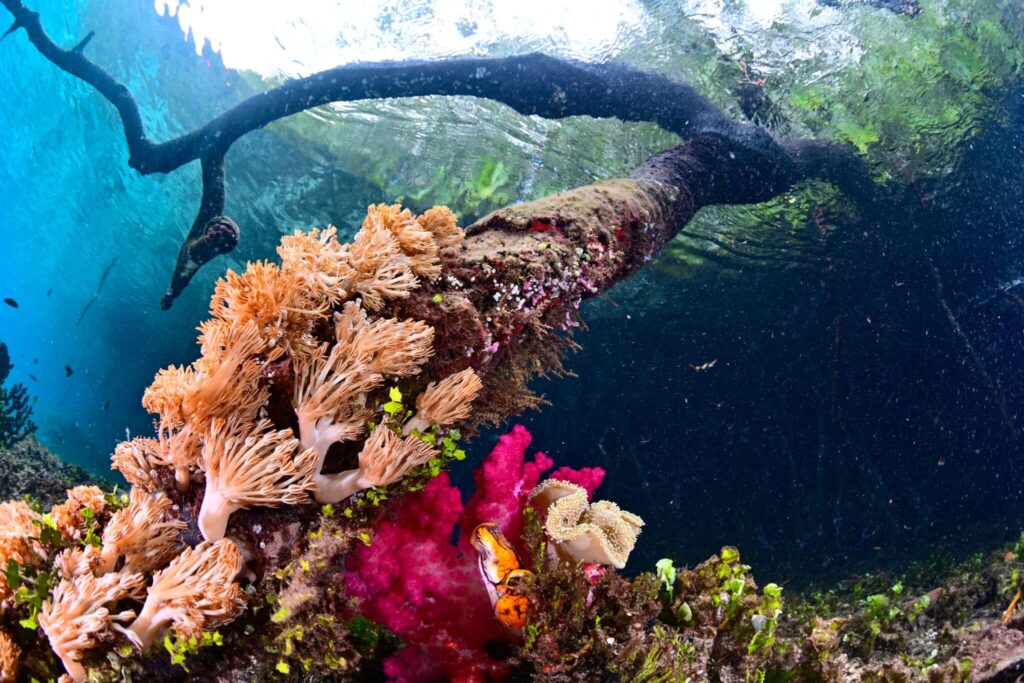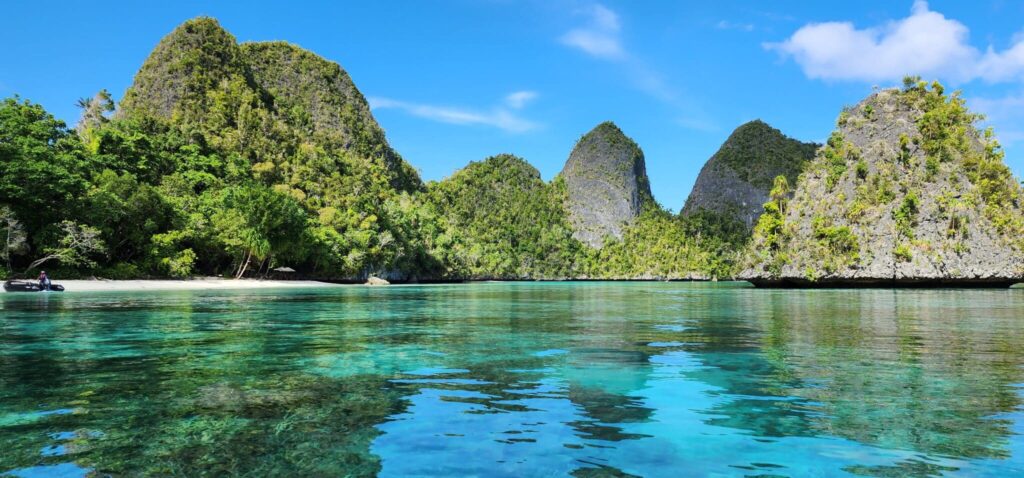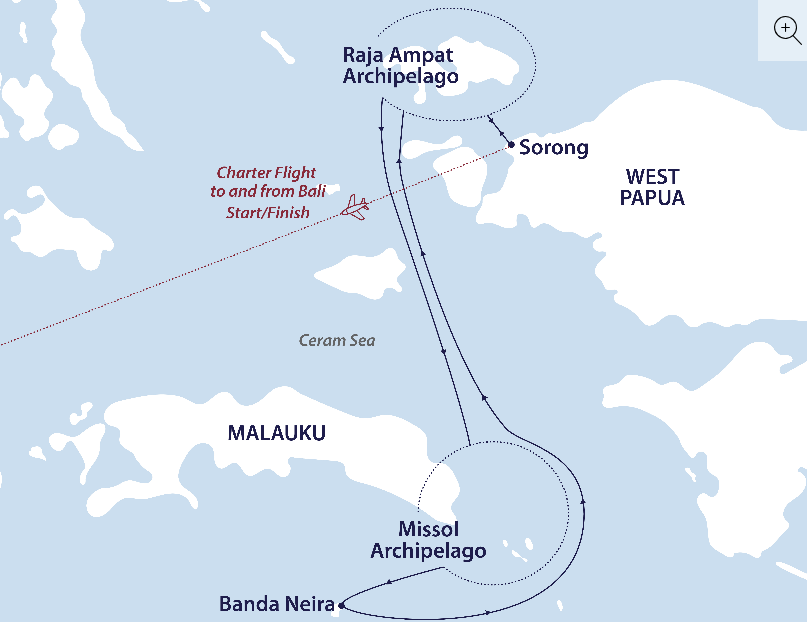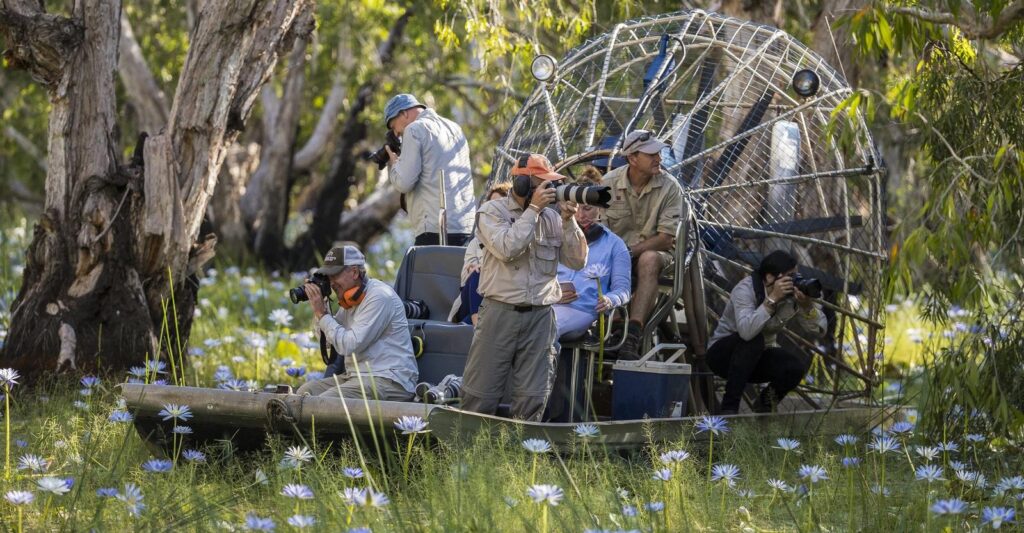Overview
The Himalayas have long held allure for adventurers, and in the world’s highest mountains, no creature is more captivating than the snow leopard. This elegant feline, with its rosette-spotted silver coat, patrols lofty ridges in Earth’s most forbidding altitudes. Agile and solitary, built for hunting bharal and ibex, it uses its long, thick tail for balance and warding off winter’s cold bite, traversing snowfields on broad paws that serve as snowshoes and pad rocky landings after a 50-foot pounce onto unwitting prey. From our luxurious base—a strategically located luxury ecolodge with thick walls, insulated windows, radiant floor heating and abundant hot running water—search for these mysterious cats in the heights of Ladakh. In this former Silk Road kingdom in northern India, a vibrant Tibetan Buddhist culture thrives. Icy peaks tower above whitewashed monasteries and vibrant prayer flags flutter atop mountain passes. Here, our wilderness quest in search of the elusive snow leopard awaits.
Trip Highlights
- Track Elusive Snow Leopards with Top Guides With our naturalist Expedition Leader and top local trackers, search for snow leopards and other Himalayan wildlife including bharal, urial, ibex and wolves
- Discover the Nature & Culture of Ladakh Explore the Himalayan landscape of Ladakh, steeped in Tibetan Buddhist culture, as we visit villages, monasteries and passes adorned with prayer flags
- Stay at the Region's Only Luxury Ecolodge Our deluxe, newly built mountain lodge features en suite heated showers, radiant floor heating and floor-to-ceiling windows throughout—and it's ours alone
Itinerary
Please fill out the form below to request a quote for rates.
Included
- Trip price includes: Accommodations, services of Nat Hab's professional Expedition Leader(s), local guides, spotters and lodge staff, all meals from dinner on Day 1 through lunch on final day, local wine and beer at dinner while at the Snow Leopard Lodge, some gratuities, airport transfers on Day 1 and final day, donation fees to the Snow Leopard Conservancy, all activities and entrance fees, all taxes, permits and service fees.
- Internal air cost includes: All flights within the itinerary, additional luggage allowance (this will be listed separately on our invoicing).
Not Included
- Travel to and from the start and end point of your trip, alcoholic beverages (other than those listed above), some gratuities, passport and visa fees, optional activities, items of a personal nature (phone calls, laundry and internet, etc.), airline excess baggage fees, required medical evacuation insurance, optional travel protection insurance.
Map















